On April 30, 1994, Liverpool supporters would stand on the Spion Kop for the very last time, with a sea of flags, confetti and scarves bidding it farewell.
Swaying from side to side, bodies surging forward as one and a red sea singing in perfect unison would be enough to leave anyone mesmerised.
In its prime, the stand was renowned for its wit, the serenading of those in red and the intimidation of the opposition, it was unlike any other.
The Spion Kop dates back to the 1905/06 season when the Reds won their second league title, with the then-directors rewarding the loyalty shown by the club’s supporters with a new stand at Anfield.
It would be christened in memory of the lives lost from the city in battle during an attempt to capture a hilltop during the Boer War in South Africa, one which was called Spion Kop.
It would quickly be considered one of the most vocal stands in the country and by 1928 a roof would be added to make an imposing structure which would match that of the deafening and passionate Reds housed inside.
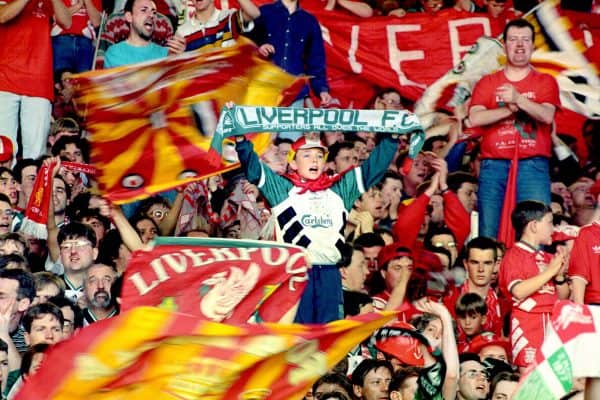
The terrace, at its greatest capacity, would hold an estimated 30,000 supporters and all but functioned as a single entity, with it acting as a rite of passage as Reds graduated from the boys’ pen.
But with the Taylor Report deeming that football stadiums’ standing terraces be replaced with all-seater stadiums following the tragic events at Hillsborough, the bulldozer was called and the 1993/94 campaign would be its last.
It ensured Liverpool’s final home game in the Premier League season would be the Kop’s last stand, with Norwich City the visitors on April 30, 1994.
Former managers and players were paraded, Billy Liddell, Tommy Smith, Joe Fagan, the wives of the great Bill Shankly and Bob Paisley and Kenny Dalglish, with the Kop greeting them as they only knew how: through song.
From ‘I’d walk a million miles for one of your goals’ to a sombre ‘Shankly’ to the tune of Amazing Grace, which was then followed up by a passionate and raw rendition of ‘You’ll Never Walk Alone’ as Gerry Marsden took to the field.
The club and the fans went the distance to mark the occasion, with the Kop a radiant sea of colour, with flags, scarves and banners adorning every inch of the stand as an estimated 16,000 fans took their place.
And, if anything, the game was of secondary importance, a sideshow to the main event and it played out as such as the team failed to rise to the occasion, or maybe it got the better of them.
Norwich obviously didn’t get the memo as Jeremy Goss would drill his effort into the top right corner of the Kop end, the last goal to be scored in front of the Spion Kop as we knew it then.
John Garner may say different, however, as the lifelong Red evaded stewards after the final whistle after spotting a stray ball left on the pitch before curling a shot into the bottom corner in front of the Kop.
It might not be in the record books as the last goal to nestle into the back of the net, but it was apt the opportunity was seized in the manner it was.
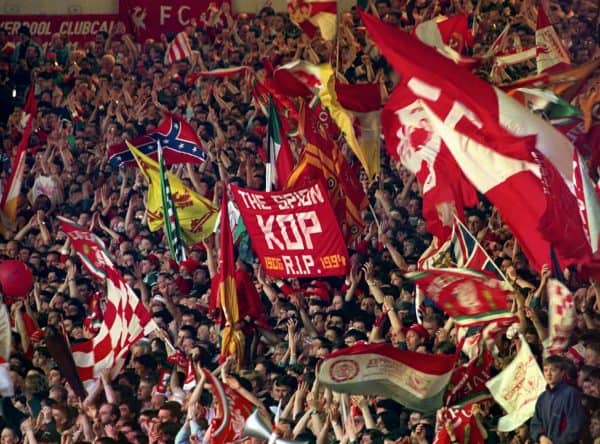
After succumbing to a dismal 1-0 defeat, Roy Evans was left feeling like his side were “the party poopers,” but the day proved far more significant than what had transpired on the field.
It was a day to celebrate what had come before, the 32 major honours, the legendary players and managers who adorned the Liverbird and the fans who had been there every step of the way.
It was equally as emotional and sombre, with tears shed and many left with the feeling of mourning as a hallmark of Liverpool Football Club for over 85 years would not be there in its same form when they returned the following season.
Many would refuse to leave the Kop on the final whistle, staying as long as humanly possible to soak up the last moments of what had defined their life as a Red up until that time.
Ex-Red Phil Thompson, who played 477 games over a 12-year career, was enchanted by the Kop from the first moment he laid eyes on it and it never changed even as he went on to play in front of the supporters who made it what it was.
“When I was 11, my mum got some free tickets for the front row of the Kemlyn Road stand for the Inter Milan game. I’d heard all about the Kop because my mum had brought us all up as good Liverpudlians. My love affair with the Kop probably started that night,” he had explained on the eve of the standing Kop’s last game.

“I watched the Kop more than I did the actual game! You don’t like to say it, but the Kop influenced more referees than I care to remember in penalty decisions.
“People say it was Bill Shankly‘s arrival in the early 60s which set Liverpool on the road to success. It was, but it was the part he played with the Kop which was the key.”
A days after Norwich had come and been, the bulldozer arrived and they got to work in taking down football’s most famous terrace.
While it was the end of one chapter, the spirit of the Kop lives on. It’s ability to act as a place for expression through chants, cheers, jeers and song remained, as does it significance to those past, present and future.
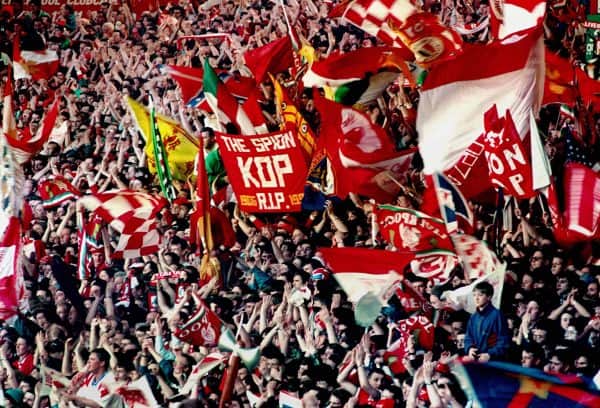






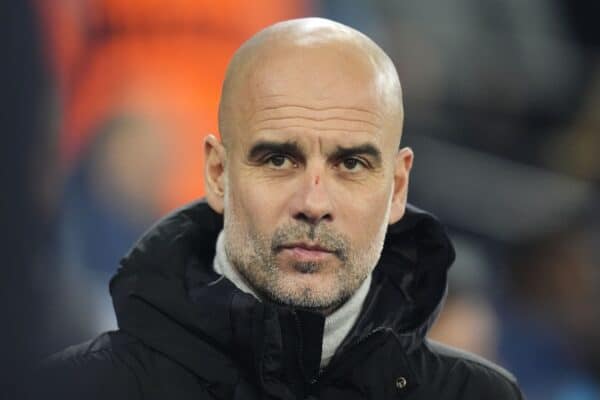

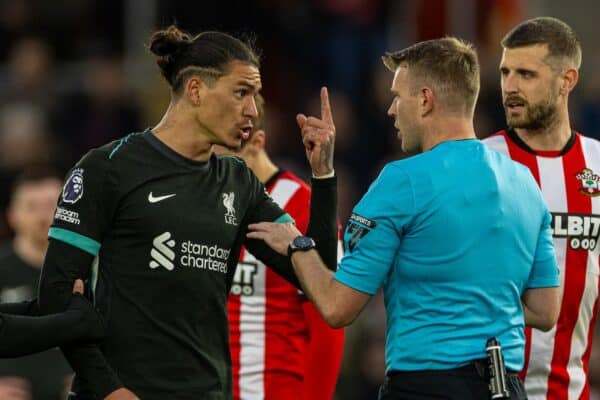
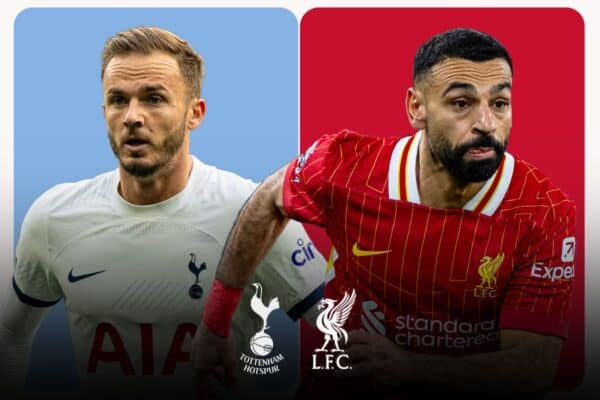
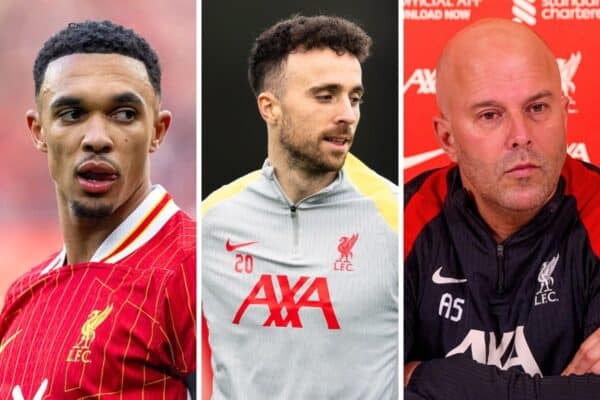
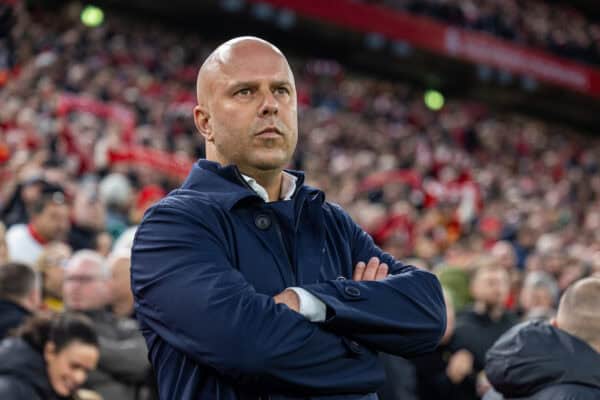





Fan Comments